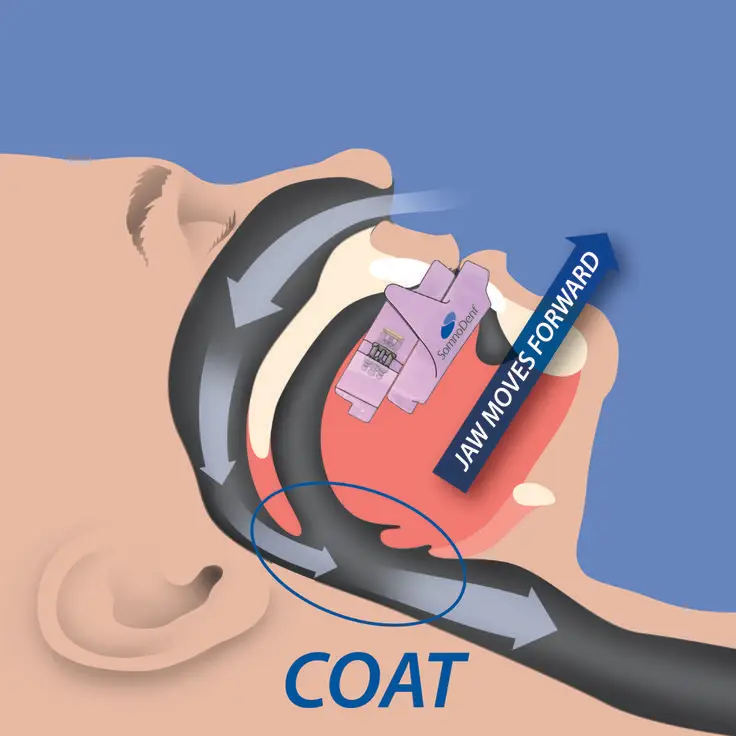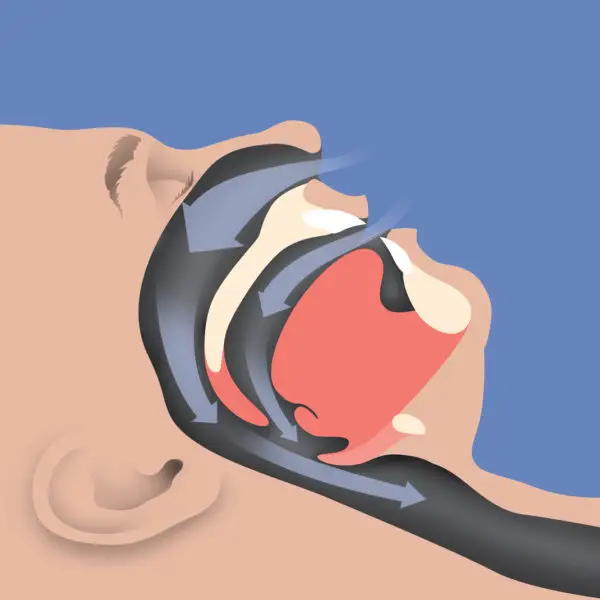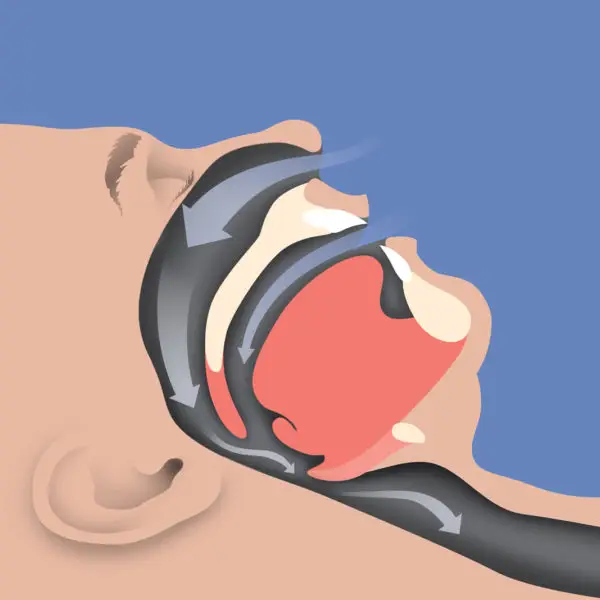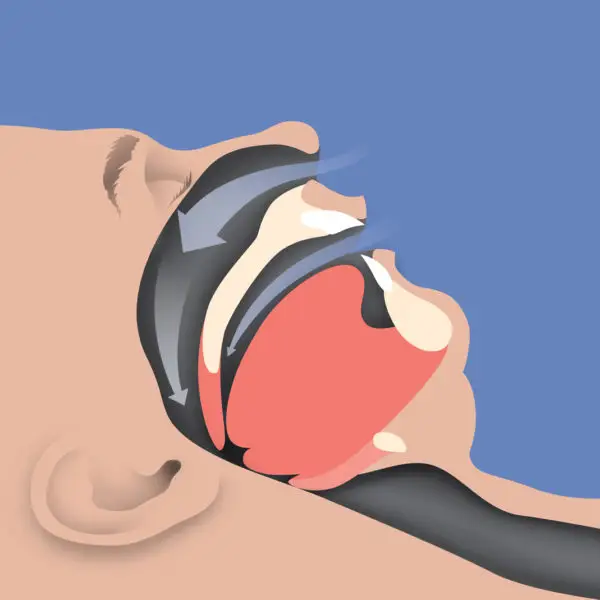Reference:
Phillips CL, Grunstein RR, Darendeliler MA, Mihailidou AS, Srinivasan VK, Yee BJ, Marks GB, Cistulli PA. Health outcomes of continuous positive airway pressure versus oral appliance treatment for obstructive sleep apnea: a randomized controlled trial. Am J Respir Crit Care Med. 2013 Apr 15;187(8):879-87

Custom vs. Prefabricated Oral Appliances
- A systematic review of three studies involving 129 patients, published in 2018, examined the differences between custom-made oral appliances and refabricated "Boil and Bite" devices.
- Made-to-measure oral appliances achieved a significantly greater reduction in AHI compared to prefabricated devices (-3.52 events per hour).
- Prefabricated devices had a significantly poorer treatment response (defined as partial or complete response).
- Post-trial daytime sleepiness was higher with prefabricated devices, as measured by the Epworth Sleepiness Scale (ESS).
- Patient preference was significantly in favor of custom-made devices.
- Treatment adherence was higher for custom-made devices.
“Custom-made oral appliances offer clear advantages, demonstrating significant clinical efficacy, patient preference, and better treatment adherence.”





